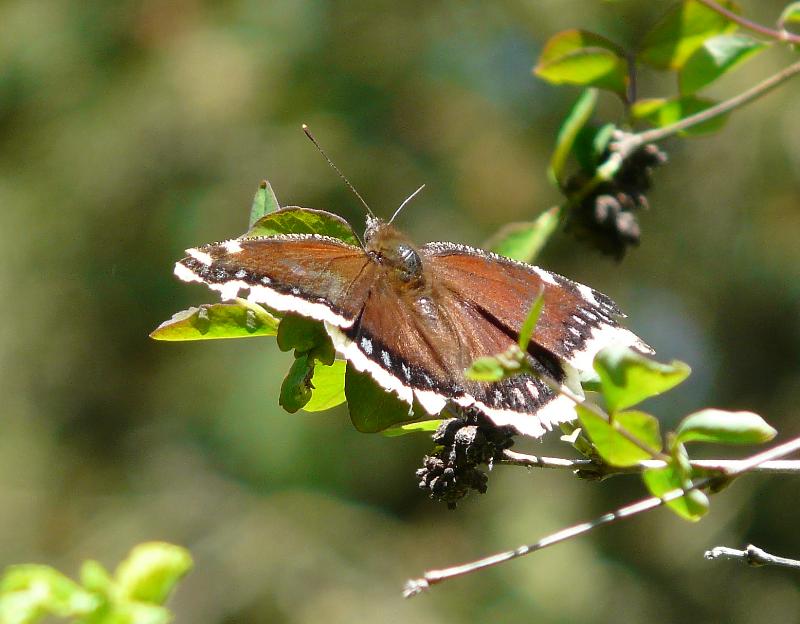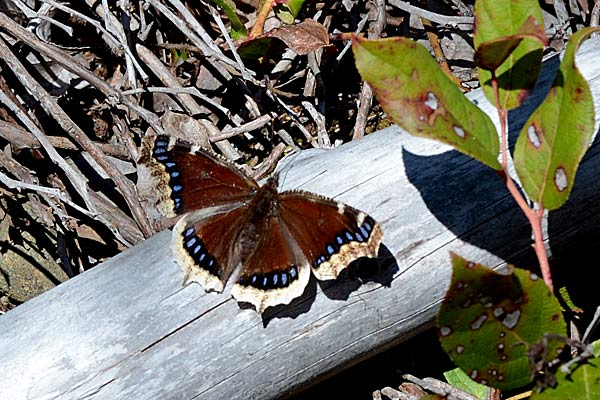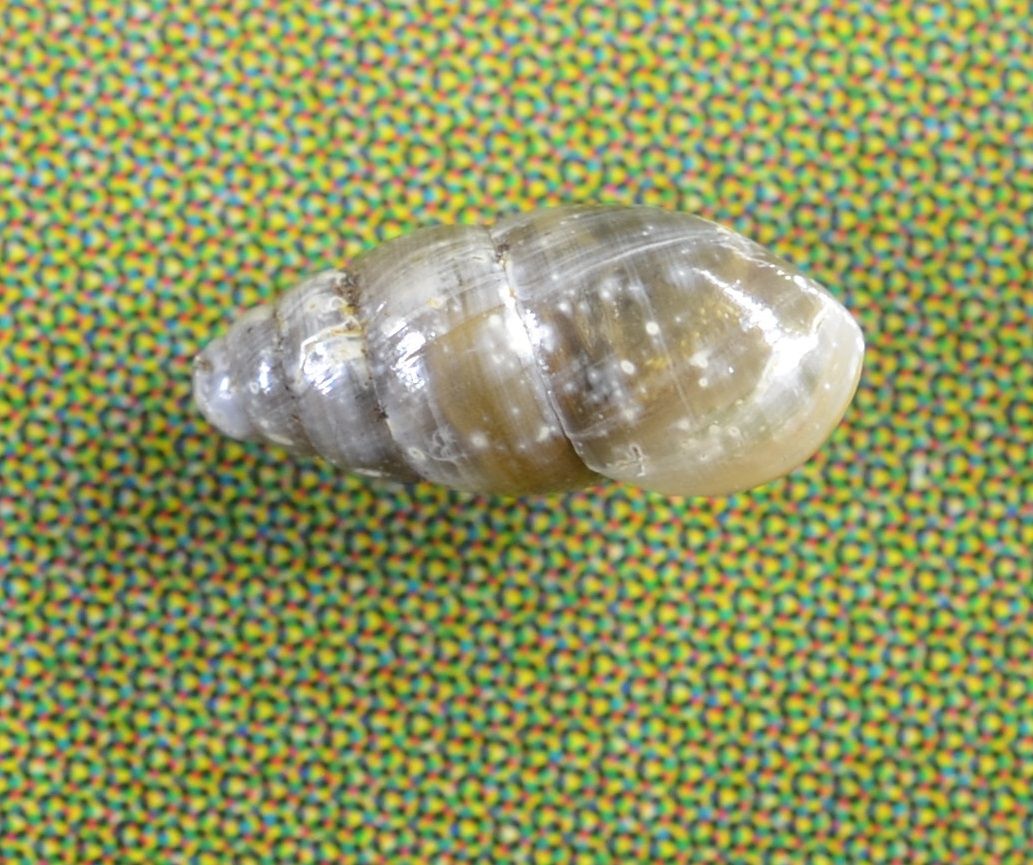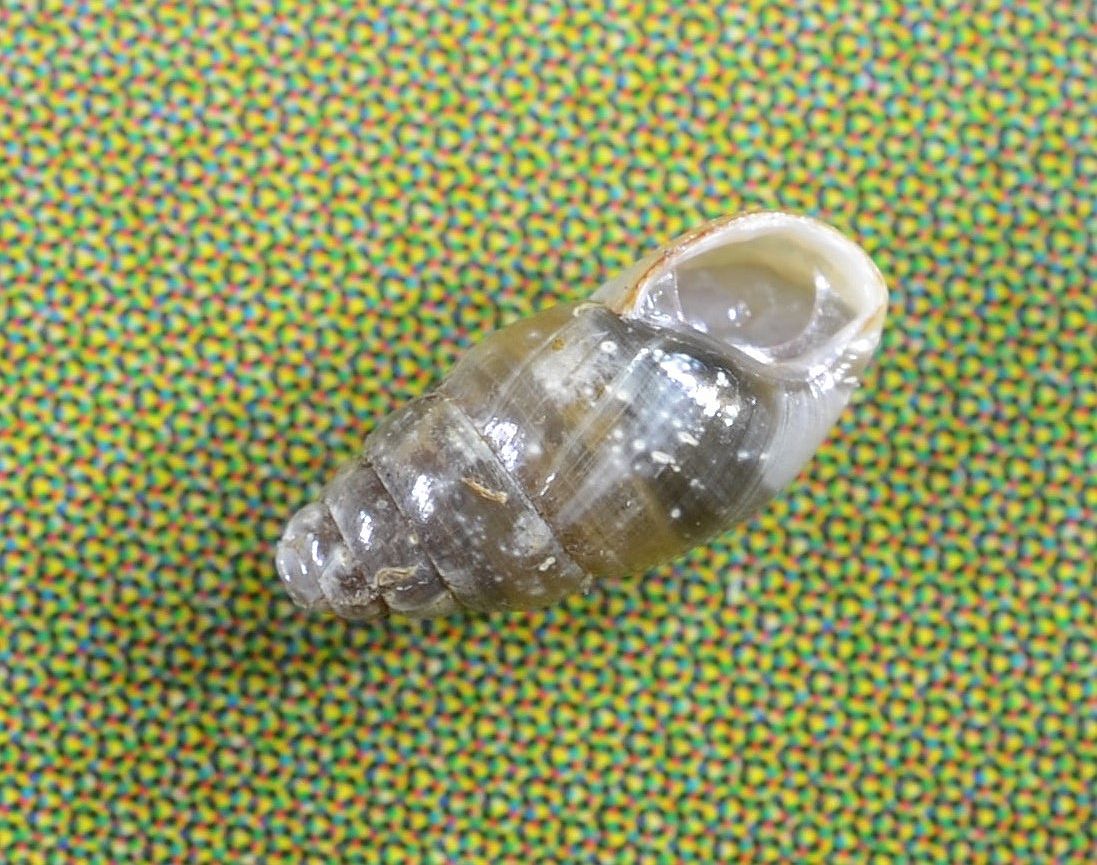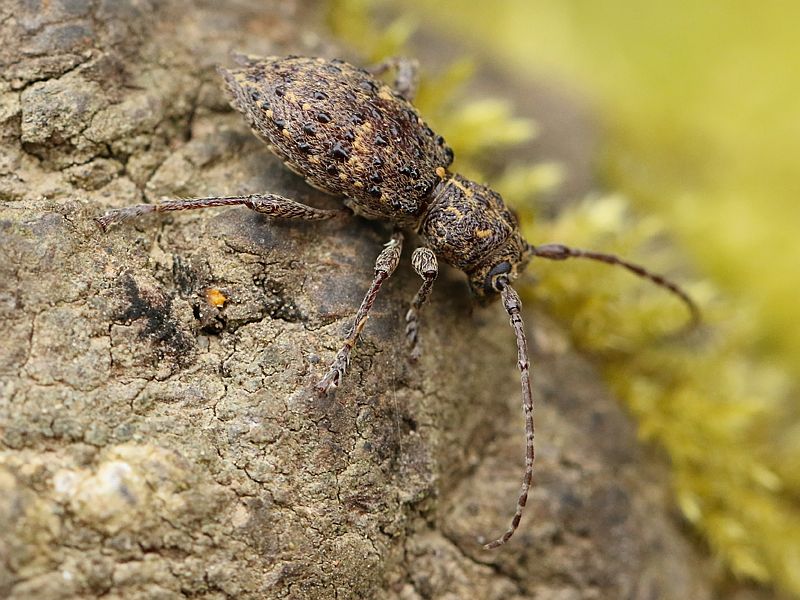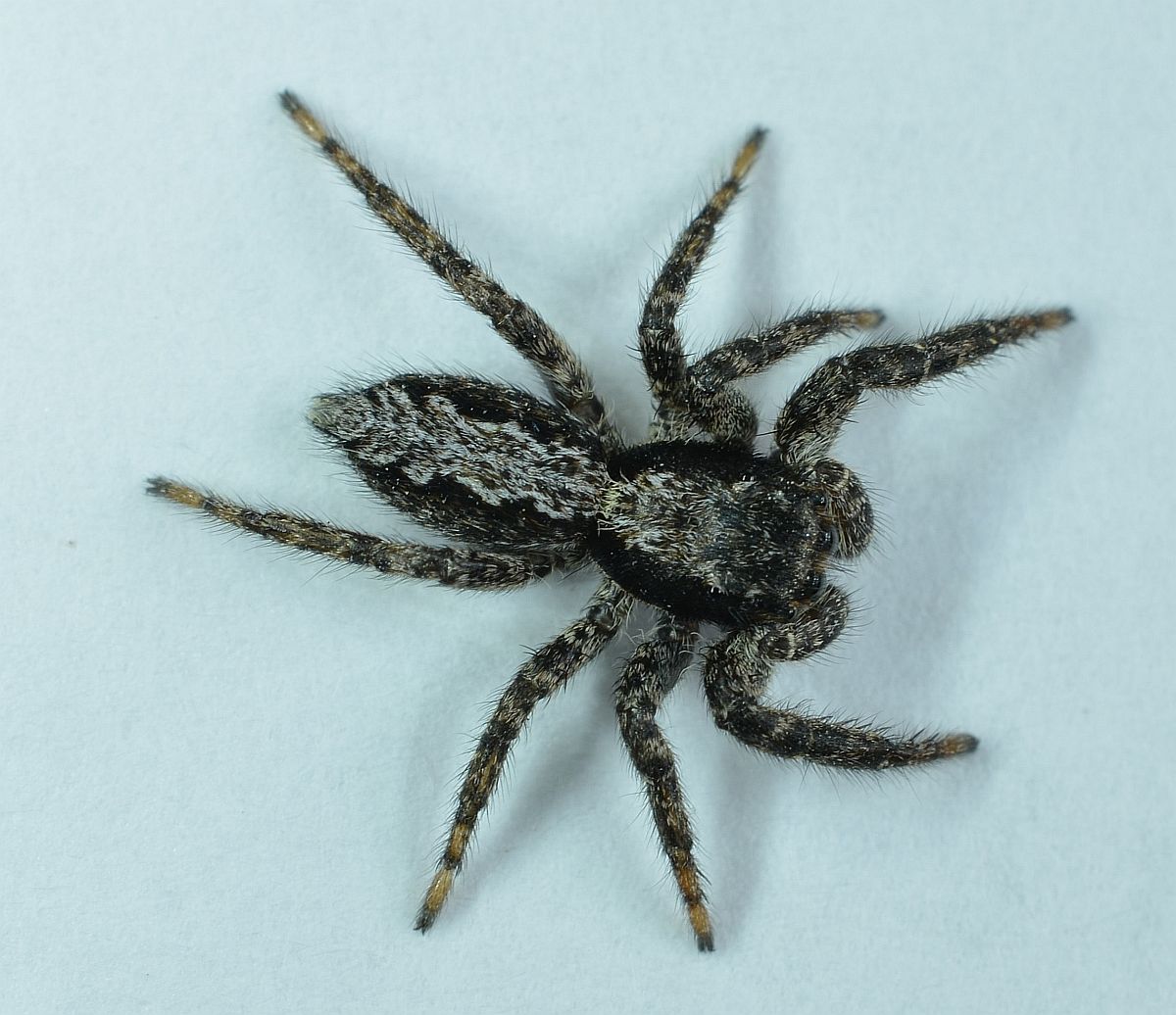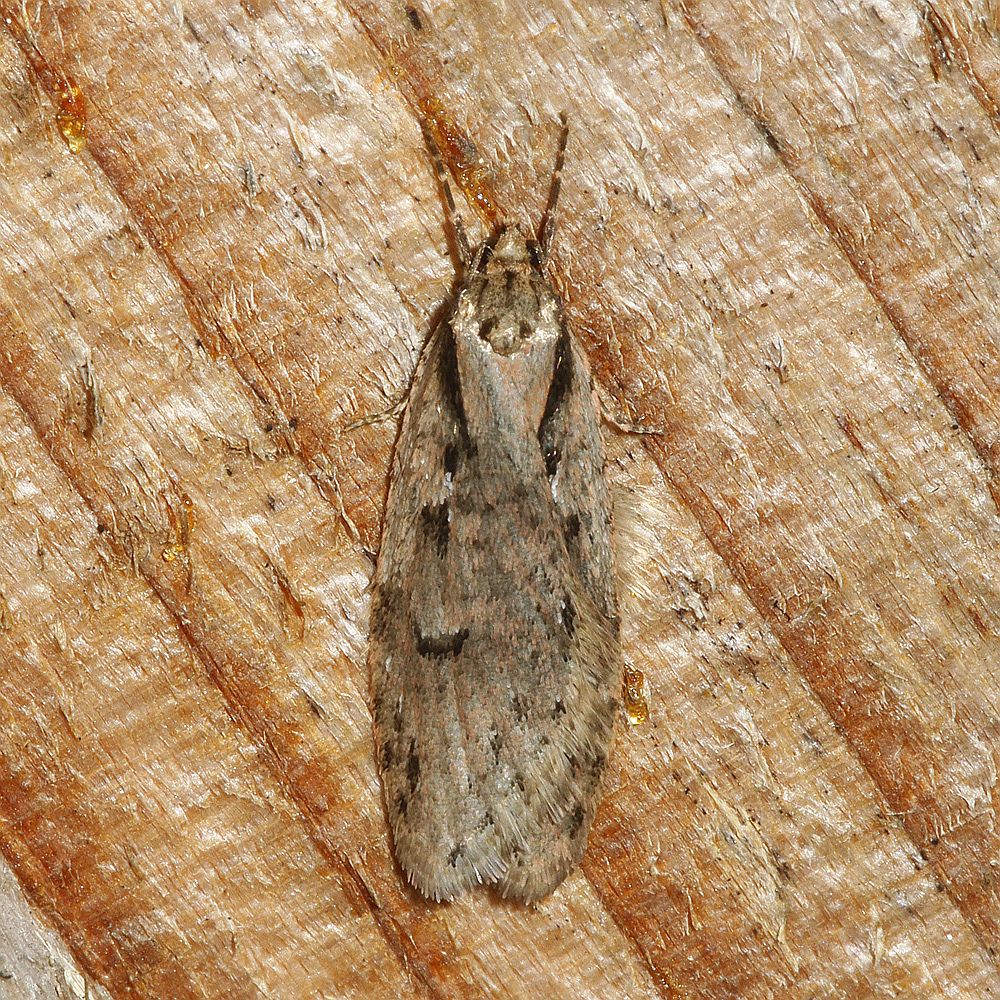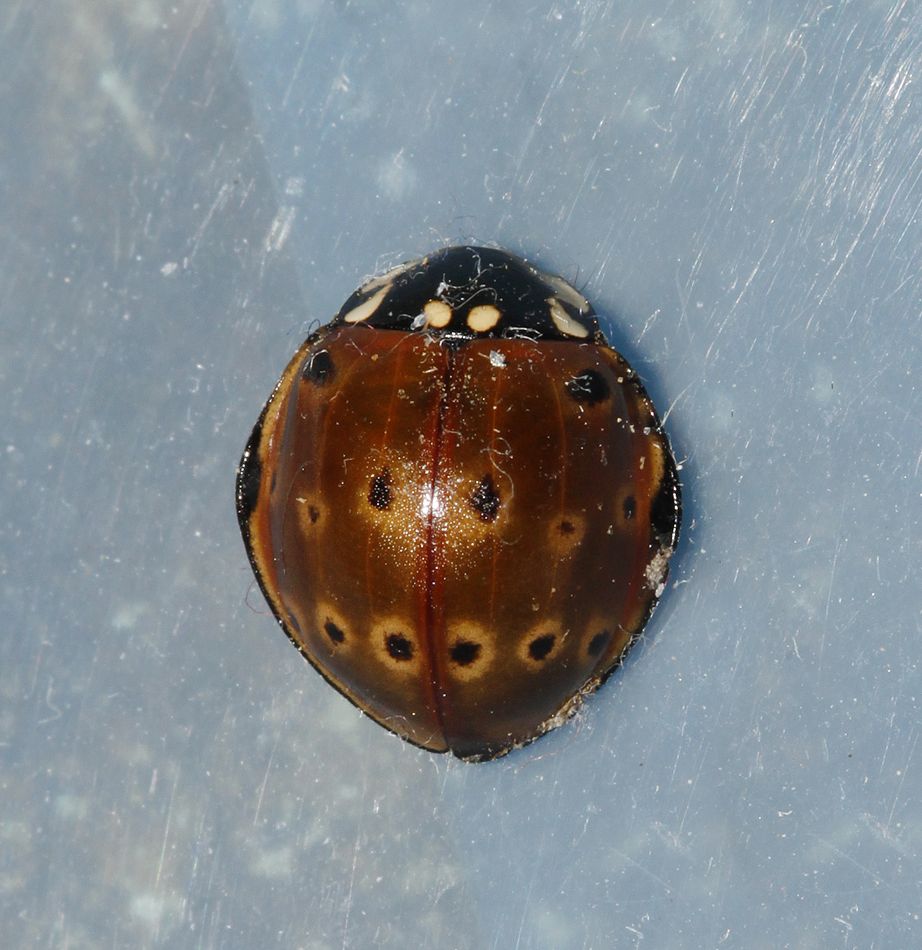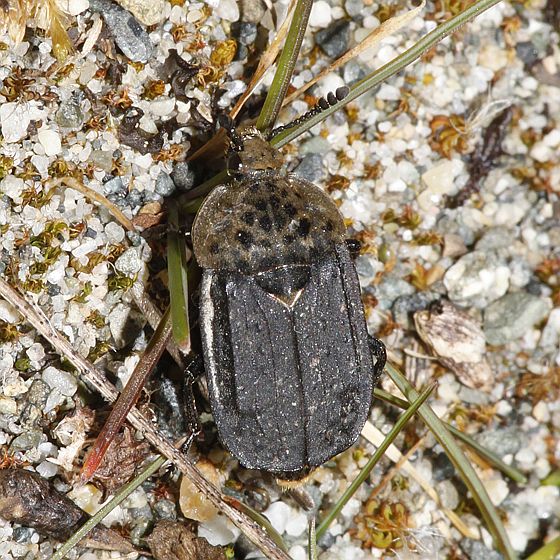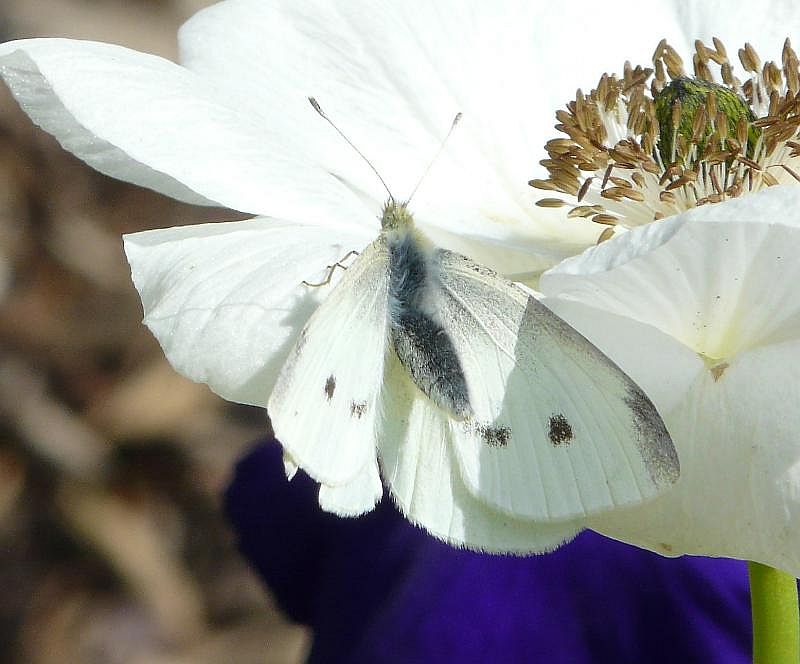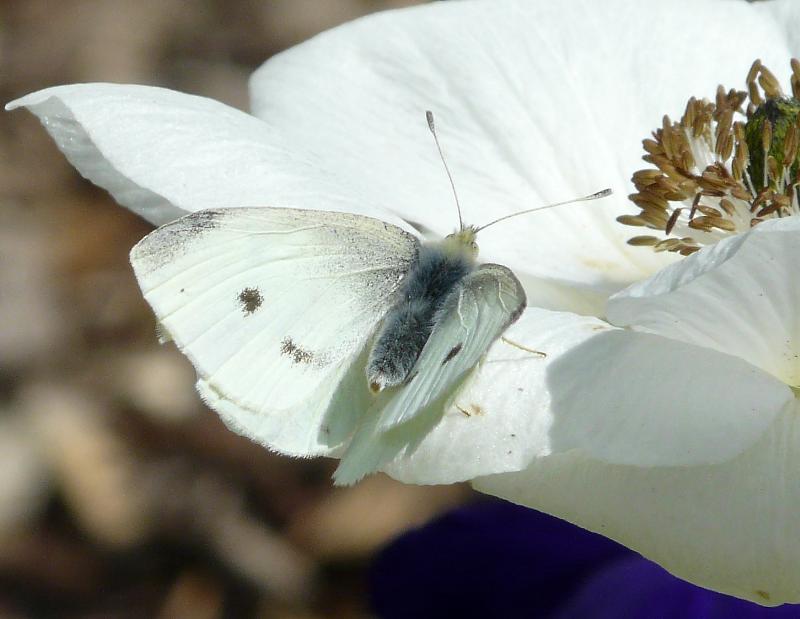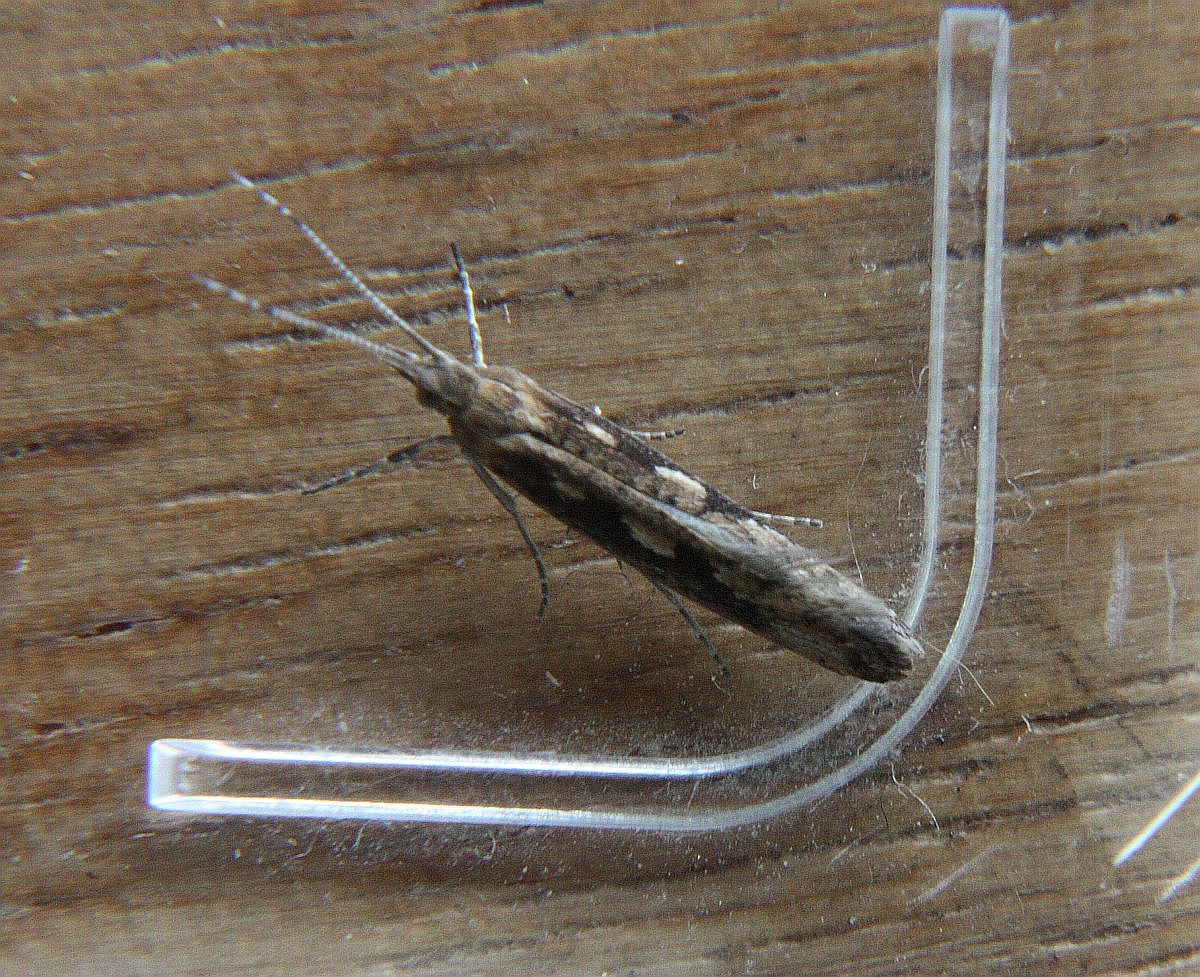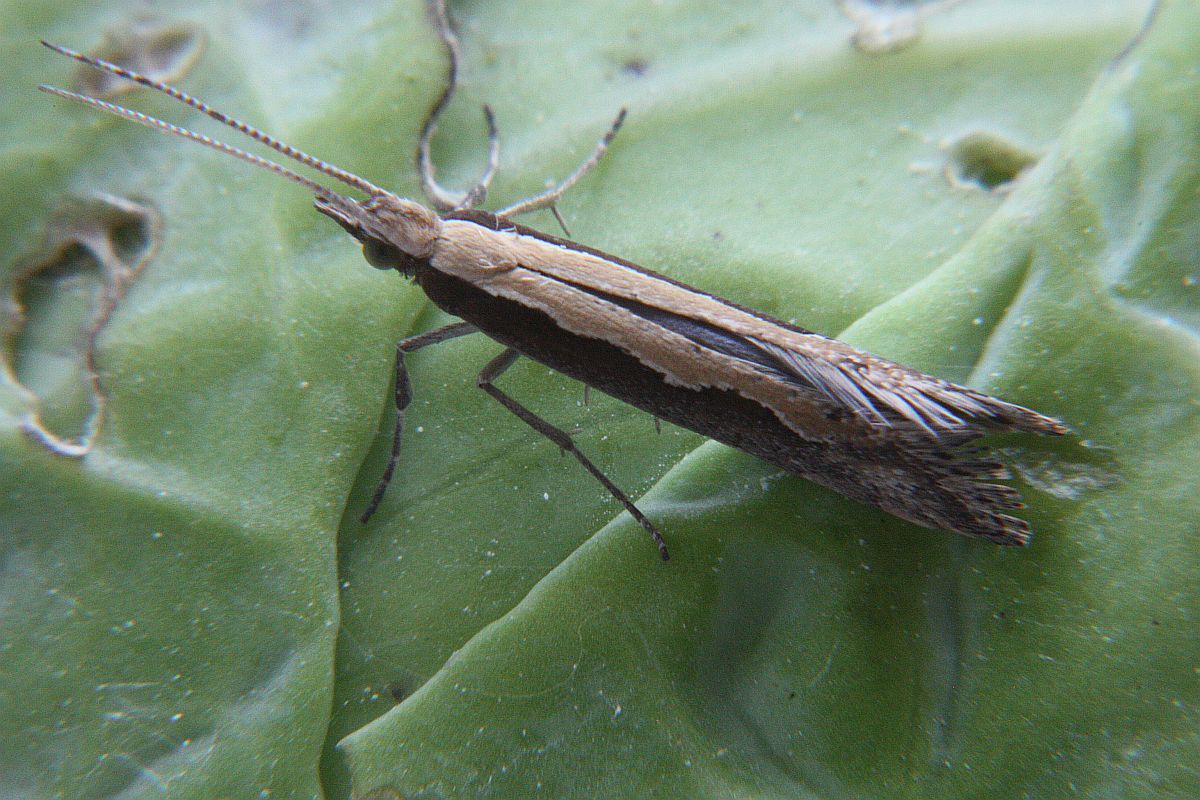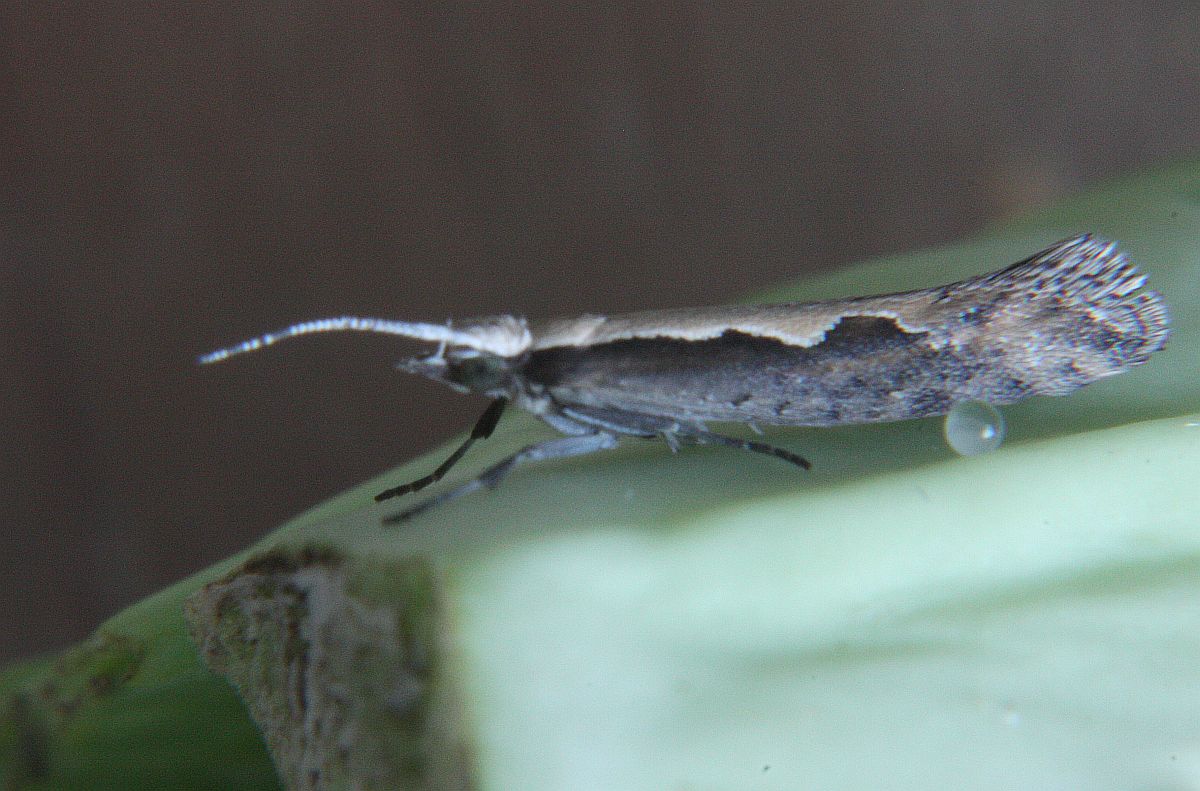2016 March 31 morning
NOTICE: Some viewers have been having trouble either viewing this site, or in submitting contributions. We are trying to sort things out, but at present I think the best way to view the site is to go to the VNHS site https://www.vicnhs.bc.ca/ , look for POPULAR ITEMS, and click on Invertebrate Alert. To submit items (recent photos or sightings), send them to jtatum@uvic.ca
Nathan Fisk writes: What a day (March 30)! Western Spring Azure, Sara Orangetips and Cabbage Whites all moving about. Found this flyer as well. All in the Garry Oak learning meadow at Fort Rodd Hill.
Jeremy Tatum responds: I think we’d need to see a little bit more of the moth to be quite certain what it is. It is a geometrid. At a wild guess I’d say possibly Hydriomena manzanita.
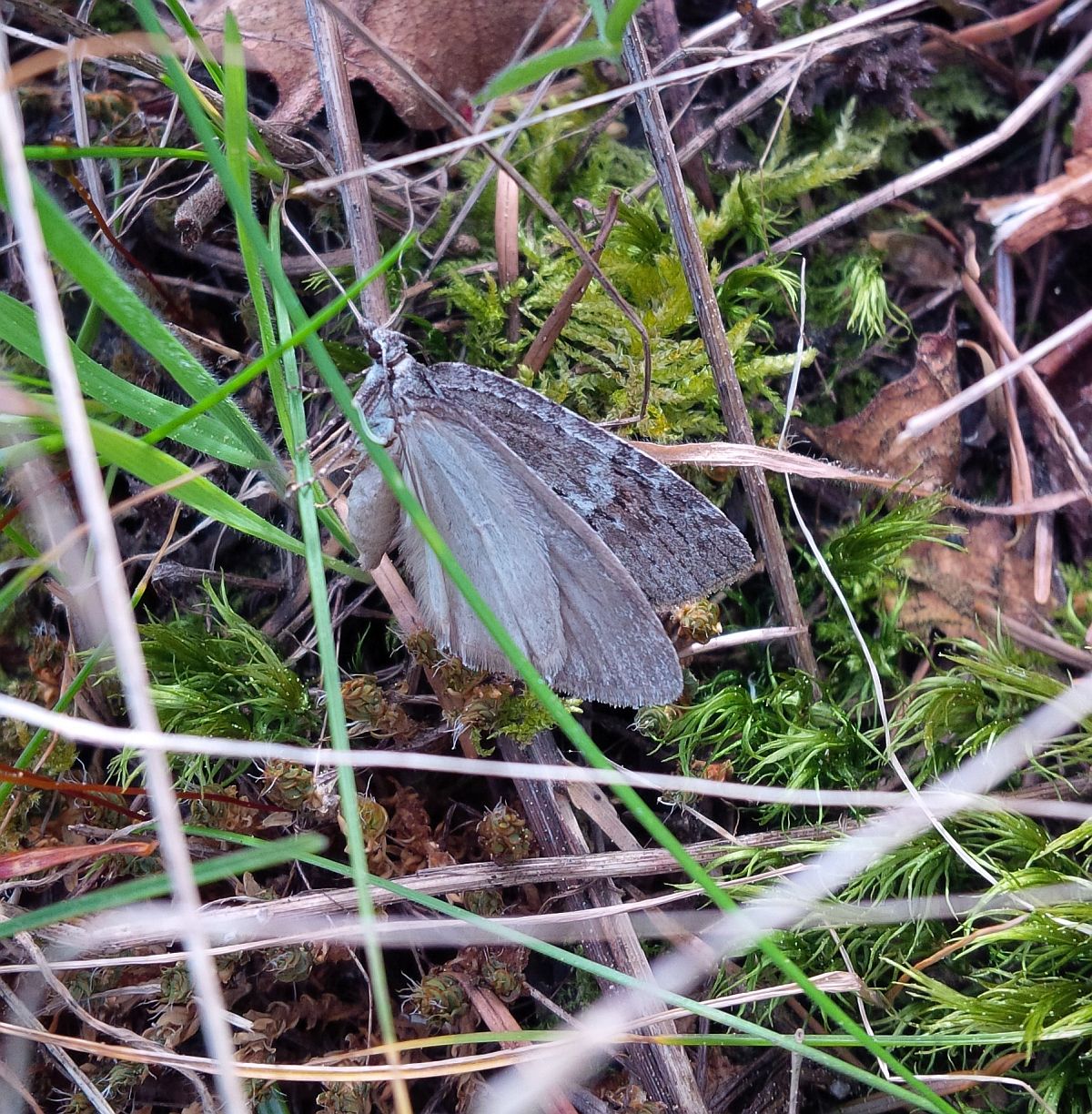
 Possibly Hydriomena manzanita (Lep.: Geometridae) Nathan Fisk
Possibly Hydriomena manzanita (Lep.: Geometridae) Nathan Fisk
Gordon Hart writes: Today in our Highland District yard we had a comma sp. fly-by, and one Sara Orangetip. At Francis/King Park, I saw a Mourning Cloak (photo attached) and a Cabbage White. Mesoleuca gratulata has been everywhere this week.
Back on March 16, I saw a similar small orange and black moth at the Pike Lake substation (photo also attached).
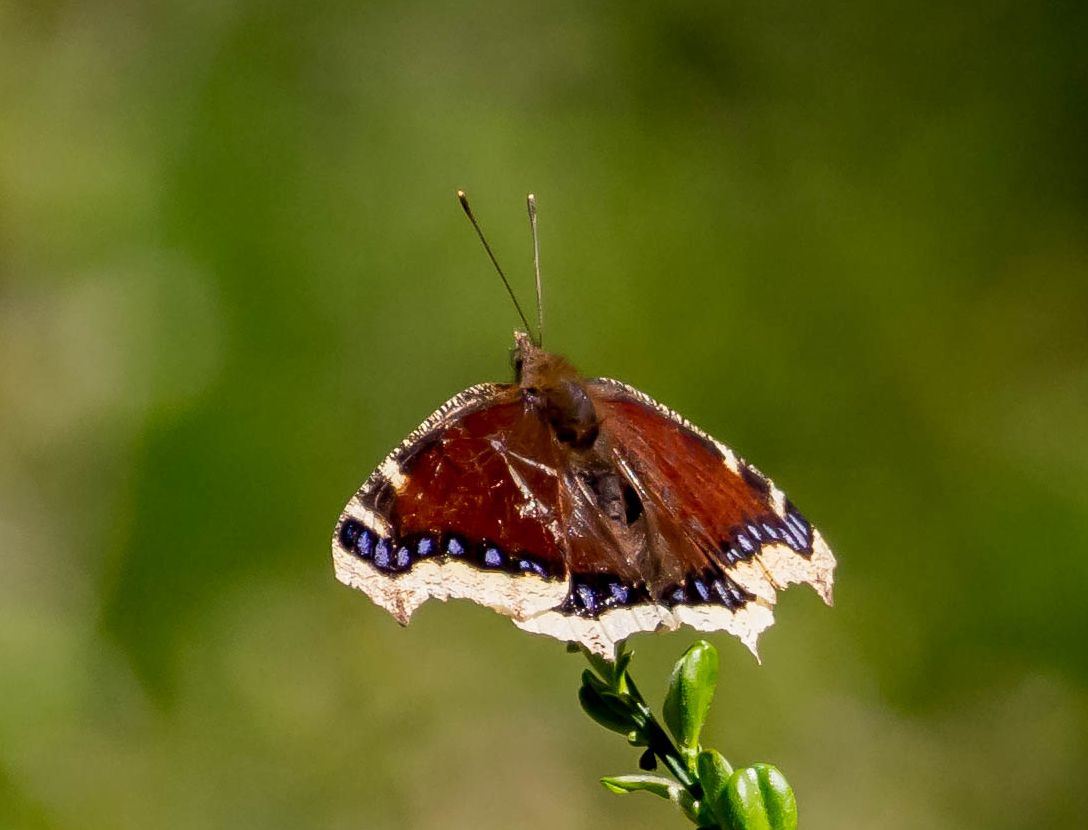
 Mourning Cloak Nymphalis antiopa (Lep.: Nymphalidae) Gordon Hart
Mourning Cloak Nymphalis antiopa (Lep.: Nymphalidae) Gordon Hart
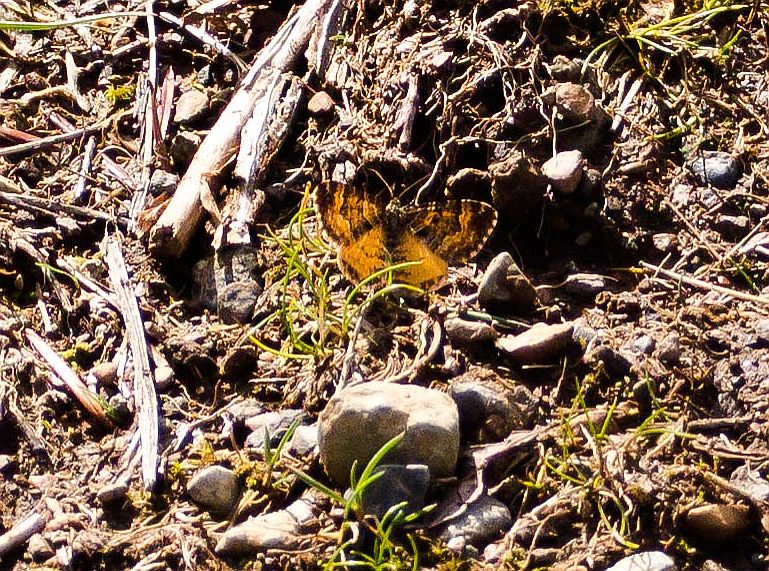
Epirrhoe plebeculata (Lep.: Geometridae) Gordon Hart
Aziza Cooper writes: Today (March 30) one Western Spring Azure was in the southeast woods at Beacon Hill Park. At Mount Tolmie this afternoon there were 2 California Tortoiseshells, 2 Spring Azures, 3 Cabbage Whites and one Sara Orangetip. The Western Spring Azure photo is the one from Beacon Hill Park. Photo is by Jody Wells.
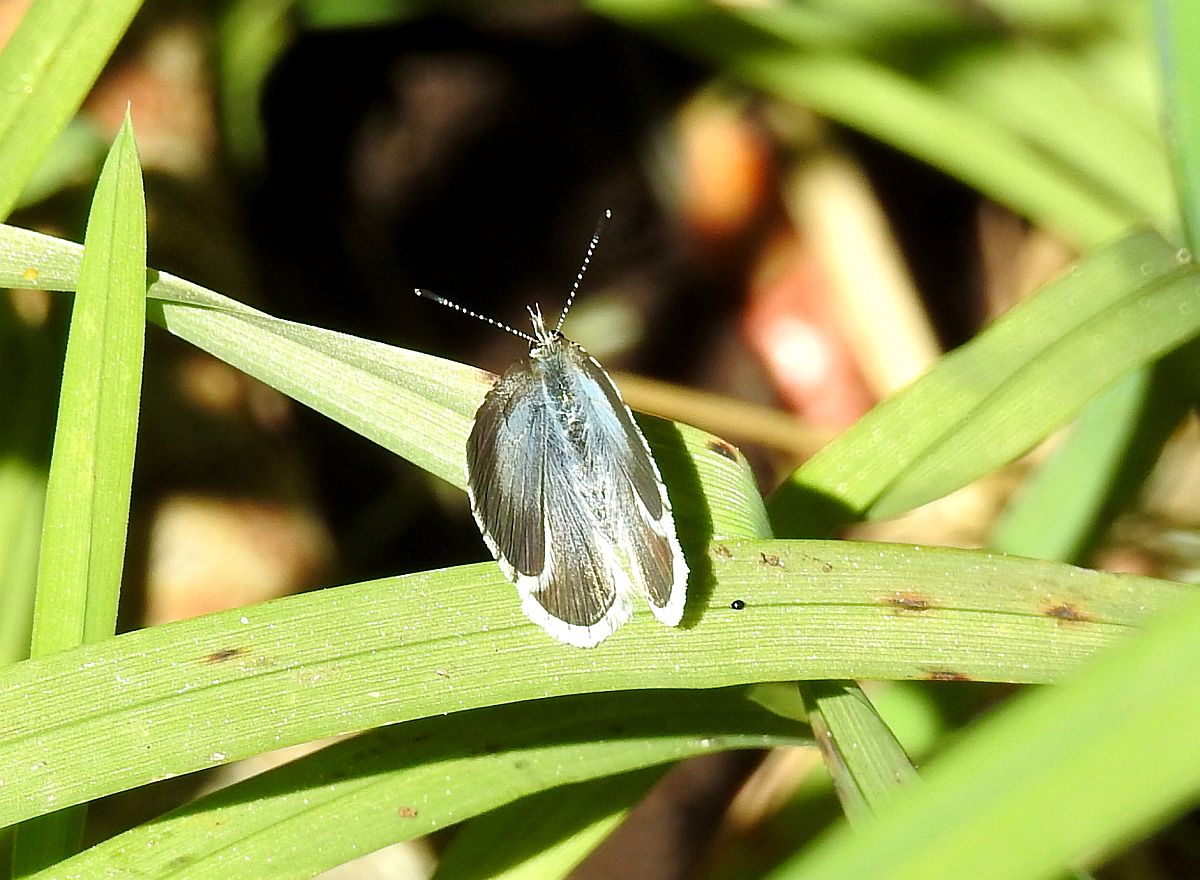
 Western Spring Azure Celastrina echo (Lep.: Lycaenidae) Jody Wells
Western Spring Azure Celastrina echo (Lep.: Lycaenidae) Jody Wells
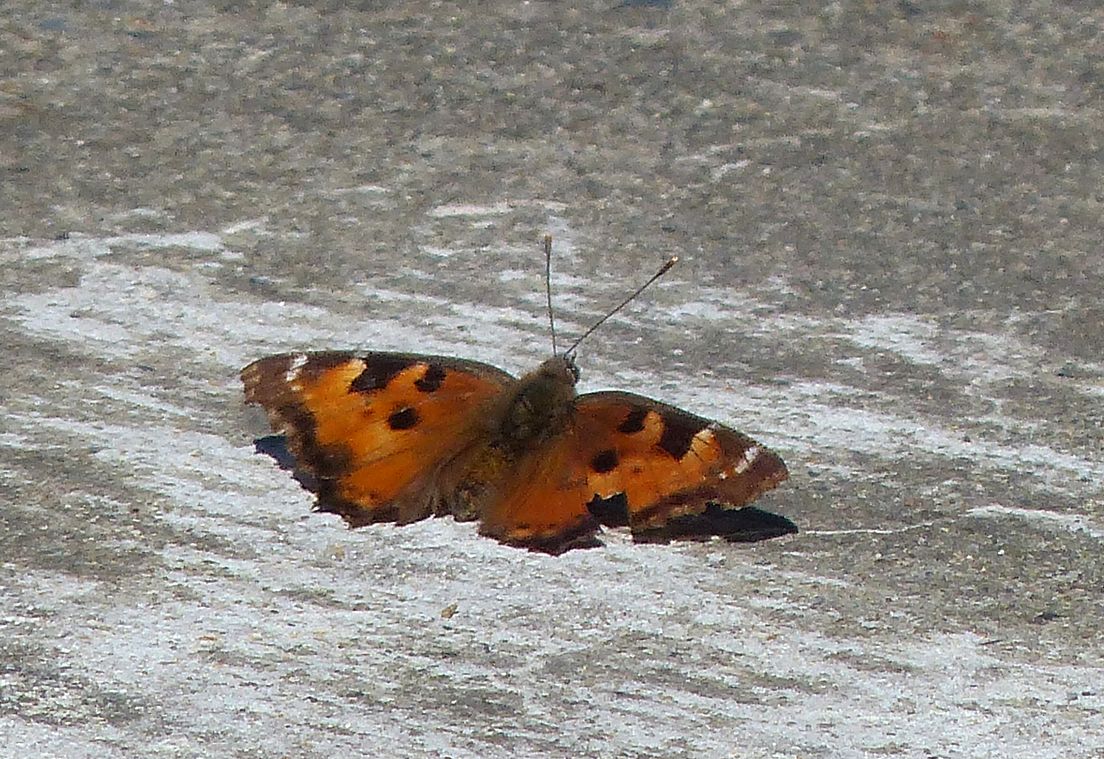
 California Tortoiseshell Nymphalis californica (Lep.: Nymphalidae) Aziza Cooper
California Tortoiseshell Nymphalis californica (Lep.: Nymphalidae) Aziza Cooper
Val George writes: The sun today, March 30, brought out some butterflies. At Observatory Hill I saw a Satyr Comma and a Cabbage White. At Mount Tolmie there were two California Tortoiseshells and two Cabbage Whites. One fresh-looking tortoiseshell was on the reservoir at the summit; the other, a rather beat-up one, was on a fir tree (photos attached).
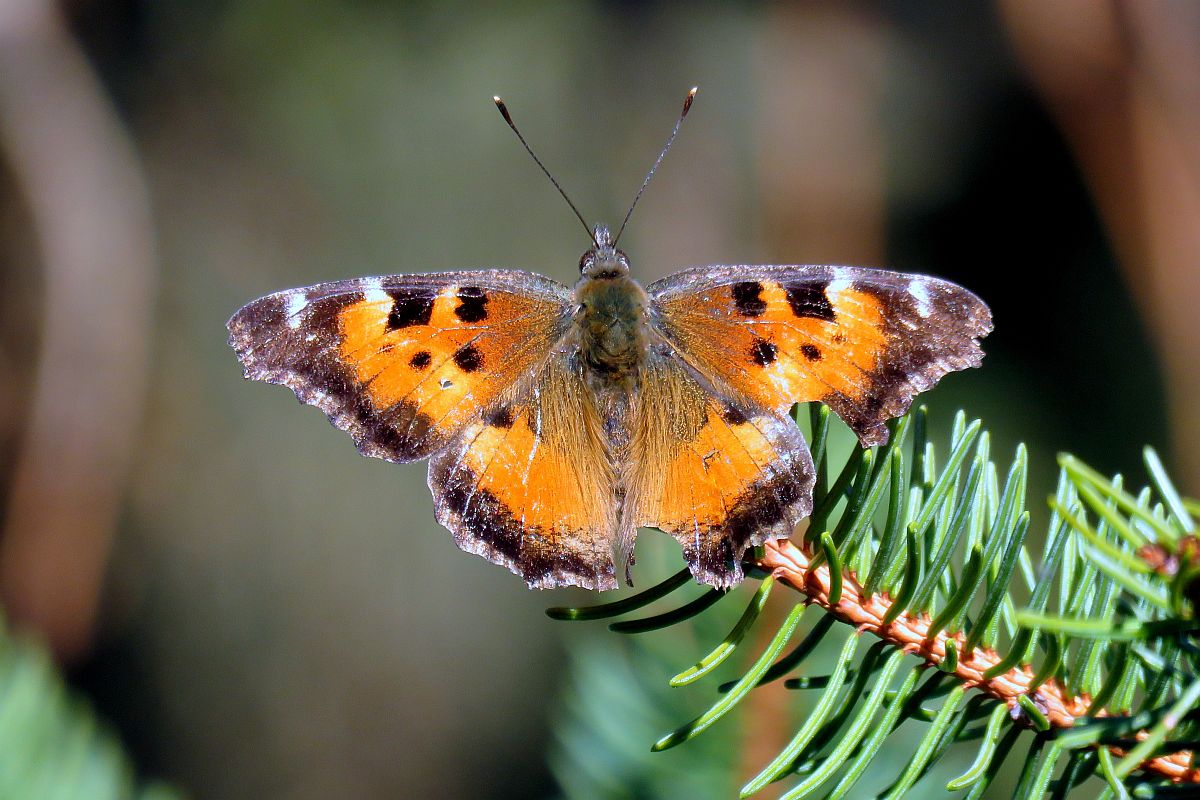
 California Tortoiseshell Nymphalis californica (Lep.: Nymphalidae) Val George
California Tortoiseshell Nymphalis californica (Lep.: Nymphalidae) Val George
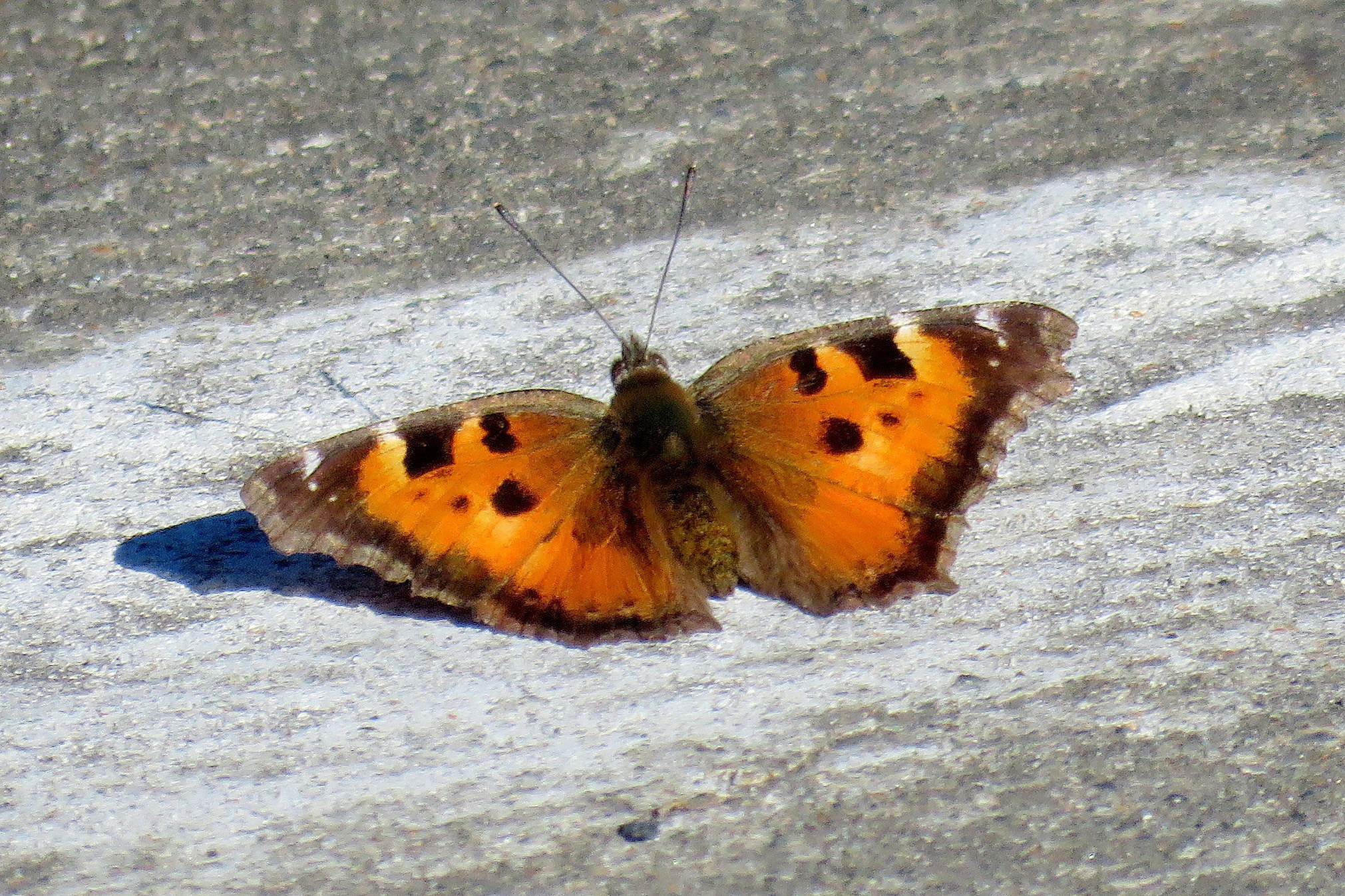

California Tortoiseshell Nymphalis californica (Lep.: Nymphalidae) Val George
Jeremy Tatum writes: Here’s a problem for viewers – how many California Tortoiseshells on Mount Tolmie on Tuesday? Are the above three photos of three different individuals? Or just two? I think three, but I’m not sure!


